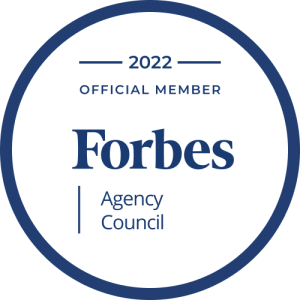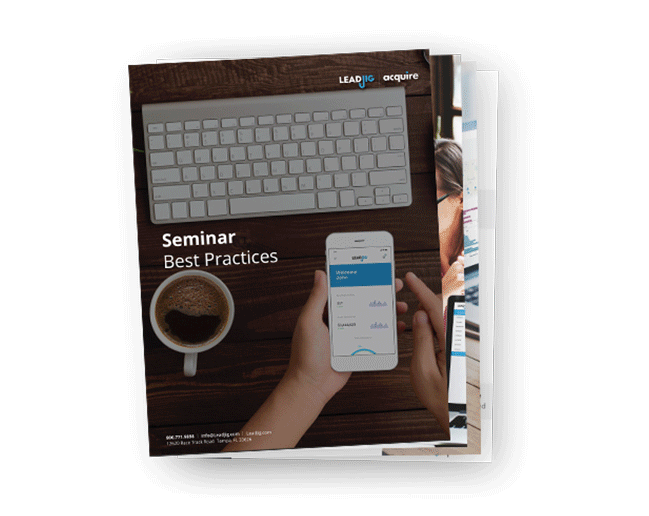Using Brand Archetypes to Find Your Audience
There’s something about our favorite brands that we identify with, and that makes us feel a bond with them. It’s as though we’ve known them for a long time. What is it about these brands that draw us in? Whether it’s their clever ad copy or a fantastic brand identity design, there’s a specific aspect of their messaging that resonates with us. You may be surprised that this can be partially attributed to an early 20th-century psychologist’s work regarding archetypes. But, what’s an archetype? This post will go over the history of archetypes in general, and teach you how to utilize brand archetypes to build lasting relationships with your audience.
What are Brand Archetypes?
Carl Jung, a well-known psychologist, claimed that some routes to more profound knowledge have remained recognized and ageless for individuals throughout history. And that these avenues for gaining better understanding should be classified. Furthermore, these groups display personality qualities that are easily understood by customers and organizations trying to identify their customer audiences. He dubbed them archetypes. These archetypes quickly gained ground within the marketing industry, creating a subset known as brand archetypes.
Brand archetypes, when properly recognized, represent a brand’s personality and help to better connect personality types with particular Customer Personas. This concept of archetypes is ubiquitous in brands, and it may be beneficial as a guiding tool for brand managers who want to focus their team’s efforts. You can quickly find the values and characteristics tied to an archetype on the brand archetype wheel.
The 12 Brand Archetypes
The Jungian archetype list can quickly narrow down who you should be trying to reach and how. Through this marketing tactic, a brand archetype using the various symbols, values, behaviors, and messages can build up an effective client persona. If you establish your brand along the tenets of one of the types of archetypes, you’ll be able to communicate your company’s message more efficiently. Here is a quick breakdown of the archetypes list:
The Innocent
The Innocent brand archetype promises a level of simplicity that borders on naivety.
Innocent-based brands, which aren’t known for innovation, rely on the simplicity of their products (organic food, baby soaps) or childish messages.
Example Company: Coca-Cola
Everyman
To resonate with the everyman archetype, a company needs to appeal to the characteristics of being helpful, loyal, and down-to-earth. IKEA, Home Depot, and eBay are some examples of everyman brand archetypes.
Example Company: Ford
Hero
To appeal to a hero, you must first inspire and encourage them to succeed and accomplish. Heros want to achieve their goals. Companies that can recognize those goals and inspire them to take on the challenge will connect with them.
Example Company: Nike
Outlaw
To persuade an outlaw archetype, you must first demonstrate that you share their worldview. The shared adversary is the status quo, and showing distaste for either will go a long way towards resonating with them.
Example Company: Harley Davidson
Explorer
By pushing the boundaries of contemporary life, you’ll be able to connect with these customers immediately. Many explorers face the common adversary of modern society. Taking a stand against societal norms might pique the explorer’s interests and elicit their wants.
Example Company: REI
Creator
For the Creator to make sense of the world around them, they seek authenticity, innovation, and freedom of expression. They utilize creativity and technology to help others do the same.
Example Company: Apple
Ruler
By seizing authority, the Ruler attempts to eliminate ambiguity. (After all, rulers require supporters.) They enjoy following rules, but much more so, they enjoy making them.
Example Company: Google
Magician
Magicians, as a brand archetype, make wishes come true, and voila, troubles vanish. They do things that astound and change people for the better, both big and small.
Example Company: Disney
Lover
Brands that appeal to Lover personalities may capitalize on their customers’ need for sensuous pleasure via sight, music, scent, or touch. The Lover is particularly fond of the color red.
Example Company: Victoria’s Secret
Caregiver
Caregivers thrive when they can help others. They work in education, nursing, and charity as protectors of the less fortunate. Although, they also work as gardeners, cleaners, and in restorative occupations like repairing garments and refurbishing.
Example Company: Johnson & Johnson
Jester
The Jester brings joy to the world via humor, silliness, and irreverence while enjoying a little trouble.
Example Company: Wendy’s (this can be seen through its Twitter account)
Sage
The Sage is a seeker of knowledge, wisdom, and truth. When communicating with a sage, you must show tribute to their intellect.
Example Company: BBC
Using Archetypes in Your Brand Strategy
Marketing archetypes characterize universal patterns of behavior that we all instinctively comprehend via story, regardless of region or culture. Remember that, just like in any tale, the more details you include in your brand personality, the more vivid and unforgettable it will become. Develop your brand archetype regularly to keep it in line with your target audience and the needs you’re trying to elicit.
Why Work with LeadJig
It can be challenging to determine how to incorporate brand archetypes on your own, especially if you haven’t done it before. At LeadJig, we boost your brand by performing deep analysis on your target audiences to understand their needs and their wants. Contact us today to learn more about our financial seminars and the capabilities of our financial advisor marketing platform!





